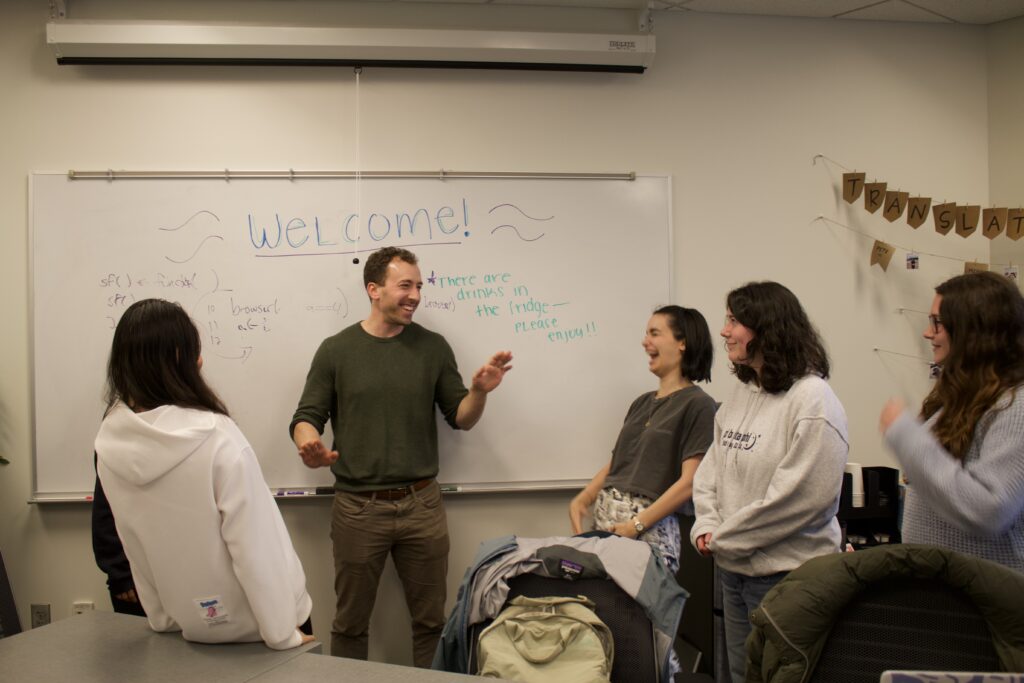
(Alya Khoury/Contributing Writer)
College students are not strangers to worrying. The familiar feeling of uncertainty usually encompasses all central decisions: selecting classes, choosing majors, balancing social lives and contemplating post-graduation plans. But what happens when these feelings of worry become unhealthy? On the fifth floor of Emory University’s Psychology and Interdisciplinary Science Building, a group of driven psychologists and computer scientists are dedicated to answering this question.
The Translational Lab investigates a deeper aspect of worry: rumination. The lab’s director, Peter Hitchcock, defined the term as the sensation of worrying about oneself and one’s past instead of the future. This can feel all-consuming and paralyzing, especially for people who suffer from clinical depression, anxiety or both.
Since August, Hitchcock and the lab’s manager, Mina Chang, have been working to establish the lab on Emory’s Atlanta campus. Through their research, the members of the lab hope to advance knowledge on therapeutic strategies and help people stuck in rumination.
These psychologists use methods of clinical therapy combined with computational neuroscience to model the process of rumination. In other words, the researchers gather information from real people and computers to understand what happens when people get lost in their thoughts. They are working to create artificial agents that react to certain scenarios and compare the process of a computer to that of a patient. Through this comparison, they can better observe patterns and model decision-making processes, Hitchcock said.
While Hitchcock has studied clinical psychology and computational neuroscience separately, the overlap of the two is new. Hitchcock said the abundance of researchers and their willingness to be involved in the intersection of these two areas of study incentivized him to conduct his research at Emory.
“We now really have a critical mass here at Emory of people who will do that sort of research,” Hitchcock said.
The novelty of this research method, using computers alongside clinical work to understand the workings of the brain, attracted people like Chang to join the team.
“I am research staff, technically, but I feel like my nine to five is learning,” Chang said.
This passion for learning likewise ensures that the lab environment is encouraging and energetic. Nicole Cobb (26C), an undergraduate research assistant in the lab this semester, said that Hitchcock establishes a welcoming environment that fosters community and collaboration.
“[Hitchcock] cares about growing this lab up into something more about not only technical things but also just making sure that we have a good community and good support here,” Cobb said.
Don’t worry too much about worrying. Hitchcock’s team is working to understand better what exactly is happening in the brain.






